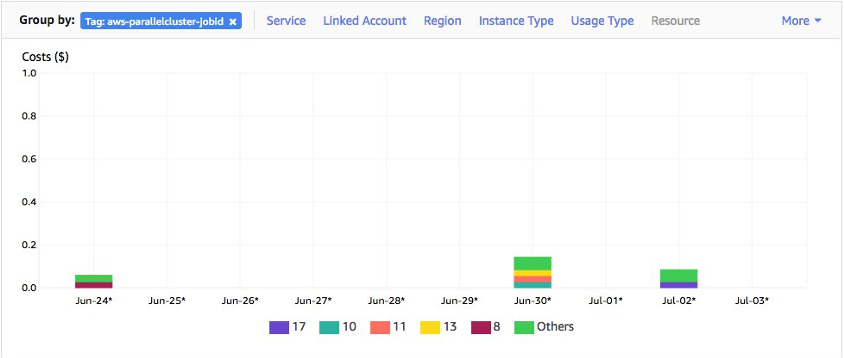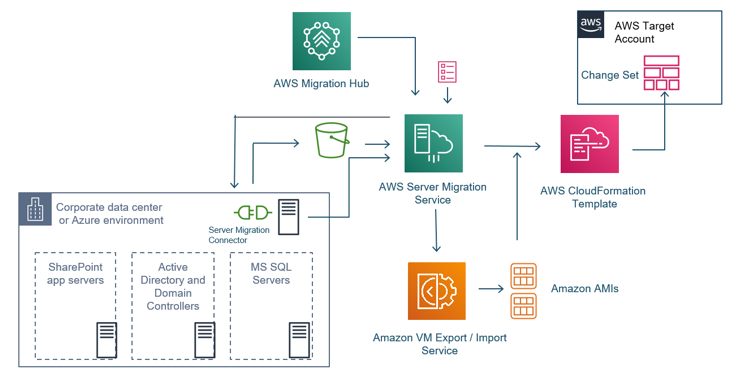AWS Compute Blog
Hosting Hugging Face models on AWS Lambda for serverless inference
This post written by Eddie Pick, AWS Senior Solutions Architect – Startups and Scott Perry, AWS Senior Specialist Solutions Architect – AI/ML Hugging Face Transformers is a popular open-source project that provides pre-trained, natural language processing (NLP) models for a wide variety of use cases. Customers with minimal machine learning experience can use pre-trained models […]
Improved failure recovery for Amazon EventBridge
Today we’re announcing two new capabilities for Amazon EventBridge – dead letter queues and custom retry policies. Both of these give you greater flexibility in how to handle any failures in the processing of events with EventBridge. You can easily enable them on a per target basis and configure them uniquely for each. Dead letter […]
Implementing FIFO message ordering with Amazon MQ for Apache ActiveMQ
This post is contributed by Ravi Itha, Sr. Big Data Consultant Messaging plays an important role in building distributed enterprise applications. Amazon MQ is a key offering within the AWS messaging services solution stack focused on enabling messaging services for modern application architectures. Amazon MQ is a managed message broker service for Apache ActiveMQ that […]
Scheduling AWS Lambda Provisioned Concurrency for recurring peak usage
This post is contributed by Jerome Van Der Linden, AWS Solutions Architect Concurrency of an AWS Lambda function is the number of requests it can handle at any given time. This metric is the average number of requests per second multiplied by the average duration in seconds. For example, if a Lambda function takes an […]
Using cost allocation tags with AWS ParallelCluster
This post is courtesy of Dario La Porta, Senior Consultant, HPC. With high performance computing (HPC) workloads running in the AWS Cloud, customers can scale workloads easily and select from a variety of instance types. With this additional flexibility, elasticity, and scale, it’s important to track your costs and resource utilization for specific projects or […]
Executing Ansible playbooks in your Amazon EC2 Image Builder pipeline
This post is contributed by Andrew Pearce – Sr. Systems Dev Engineer, AWS Since launching Amazon EC2 Image Builder, many customers say they want to re-use existing investments in configuration management technologies (such as Ansible, Chef, or Puppet) with Image Builder pipelines. In this blog, I walk through creating a document that can execute an Ansible […]
Migrating a SharePoint application using the AWS Server Migration Service
This post is contributed by Ashwini Rudra, Solutions Architect; Rajesh Rathod, Sr. Product Manager; Vivek Chawda, Senior Software Engineer, EC2 Enterprise Many AWS customers are migrating on-premises SharePoint workloads to AWS for greater reliability, faster performance, and lower costs. While planning the migration, customers are looking for tools and methodologies that reduce the time to […]
Using AWS ParallelCluster with a serverless API
Update – February 22, 2022 : We have released AWS ParallelCluster version 3. It brings with it the new ParallelCluster API and a number of improvements and changes to functionality. Check the Changelog, Instructions for Moving from 2.x to 3.x, or the AWS ParallelCluster documentation for more. This post is contributed by Dario La Porta, […]
Coming soon: Updated Lambda states lifecycle for VPC networking
On November 27, we announced that AWS Lambda now includes additional attributes in the function information returned by several Lambda API actions to better communicate the current “state” of your function, when they are being created or updated. In our post “Tracking the state of AWS Lambda functions”, we covered the various states your Lambda […]
Tracking the state of AWS Lambda functions
AWS Lambda functions often require resources from other AWS services in order to execute successfully, such as AWS Identity and Access Management (IAM) roles or Amazon Virtual Private Cloud (Amazon VPC) network interfaces. When you create or update a function, Lambda provisions the required resources on your behalf that enable your function to execute. In […]










